10 First Responder Training Courses
We’ve compiled some of the most sought-after training courses specially designed for first responders like patrol officers, emergency medical technicians, and firefighters. The topics range from trauma prevention to first aid, fire, and emergency training, all geared at improving their resilience and daily performance. Explore our list below to learn more.
Last published: 17th March 2025
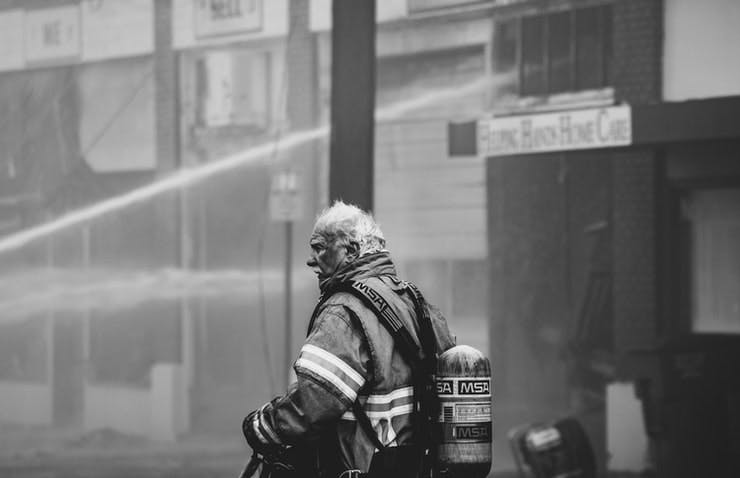
1. First Responders Psychological First Aid and Resilience
First responders, who are directly involved in a series of stressful and traumatic events, are at risk of developing post-traumatic stress disorder (PTSD). In an effort to provide an early intervention, SC Training (formerly EdApp) has developed its course on First Responders Psychological First Aid and Resilience course to help your first responders understand PTSD in a deeper context. It covers a range of top-tier psych-education topics discussing the different types, effects, and symptoms of this mental health disorder, as well as coping strategies, therapy, and medications that can help them fight and overcome it. This microlearning course is made available through smartphones and tablets, allowing learners to access it anytime and anyplace at their best availability.
Cost: Free (up to 10 users)
Scope: PTSD types and early warning signs, coping strategies, therapy and medications
Created By SC Training (formerly EdApp)
Explore this free course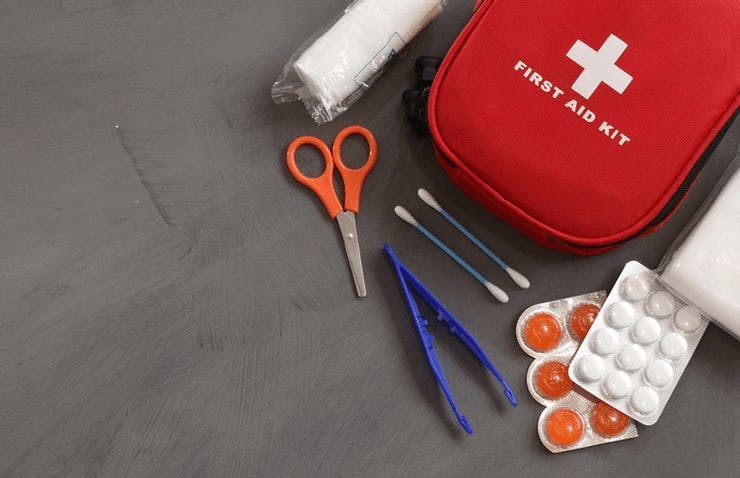
2. The Basics of First Aid
One of the primary responsibilities of first responders is to provide first aid or pre-hospital treatment to an injured person until an ambulance arrives. The Basics of First Aid provides you with all the essential knowledge and skills you need to safely administer emergency care to a person who needs it the most. Like other first aid training courses on SC Training (formerly EdApp), this mini training can be applied to a range of medical emergencies, such as bleeding and shock, choking, heart attacks, electrical shock, and so much more. It is most often used as an introductory or beginner lesson, although it can also be utilized as a refresher to keep your first aid skill up to date. It contains a total of six bite-sized lessons reinforced with interactive games and quizzes, so they’re easier to digest and remember later on.
Cost: Free (up to 10 users)
Scope: Assessing a scene, performing CPR, first aid treatment in case of bleeding and shock, heart attacks and choking, electrical shock, eye injury, burn and broken bones, heat, fainting, and seizures.
Created by SC Training (formerly EdApp)
Explore the course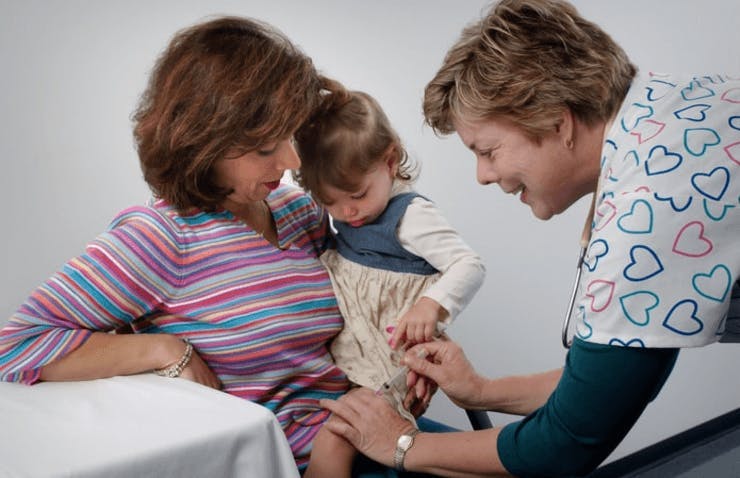
3. Pediatric online first aid course
Firstaidforfree.com has put together a series of training modules that will build your pediatric first aid skills, ensuring that you’ll know exactly how to respond to medical emergencies involving children and infants. The course topics include an introduction to pediatric first aid and lifesaving skills, recovery tips for breathing and non-breathing babies, and common medical issues in children, like meningitis, asthma, and seizures. It is completely free with no hidden fees or certificate charges - all you need is to create an account with them to access this online course.
Cost: Free
Scope: Introduction to pediatric first aid and lifesaving skills, recovery tips for babies, and common medical issues in children
Created by Firstaidforfree.com
Explore the course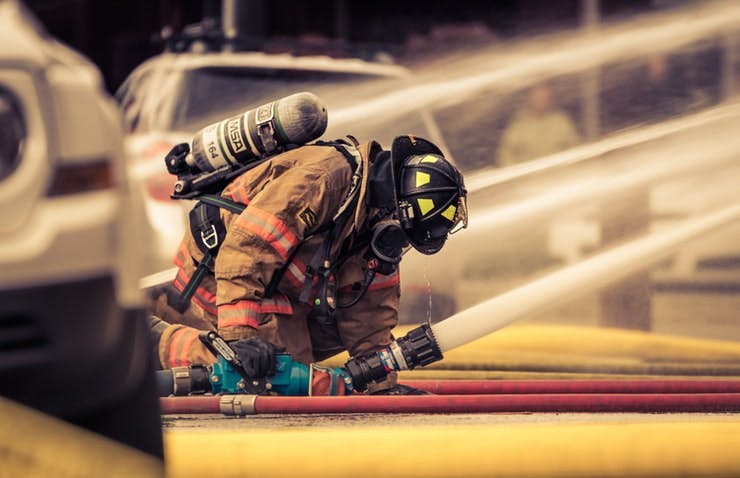
4. Fire Attack/Fire ground Operations
The Fire Attack/Fire Ground Operations course was developed by FireRescue1 Academy to assist involved individuals, such as firefighters and first responders, in understanding and applying core concepts of fire attack/fire ground operations in the event of a fire breakout. You will learn how to safely rescue a fire victim using the Vent-Enter-Isolate-Search or VEIS fire tactic, and also protect homeowners' valuable possessions. This course also explores the importance of understanding the wildland structure environment, which the fire responders can use to prepare structure defense activities.
Cost: Subscription starts at $39 USD per year
Scope: Performing a V-E-I-S (Vent-Enter-Isolate-Search) Operation, protecting homeowners' valuable possessions, the importance of understanding the wildland structure environment
Created by FireRescue1 Academy
Explore the course
5. Vital Signs
Vital signs provide crucial information about the physiological status of the human body that you can use to detect or monitor someone’s medical problems, like blood sugar monitoring. In this first responder course by Coursera, you will learn the anatomy and functions of the vital signs, alongside appropriate techniques for measuring them. These skills will assist you in identifying your patient's condition so that you can provide the best treatment possible before professional help arrives. This course requires approximately 14 hours to complete, but is entirely online, which means you can learn and complete it on your schedule.
Cost: Free
Scope: Anatomy and physiology underlying the vital signs and how to measure them, exploration of heart rate, blood pressure, temperature, and respiration rate
Created by Coursera
Explore the courseExplore our library including first responder training courses.
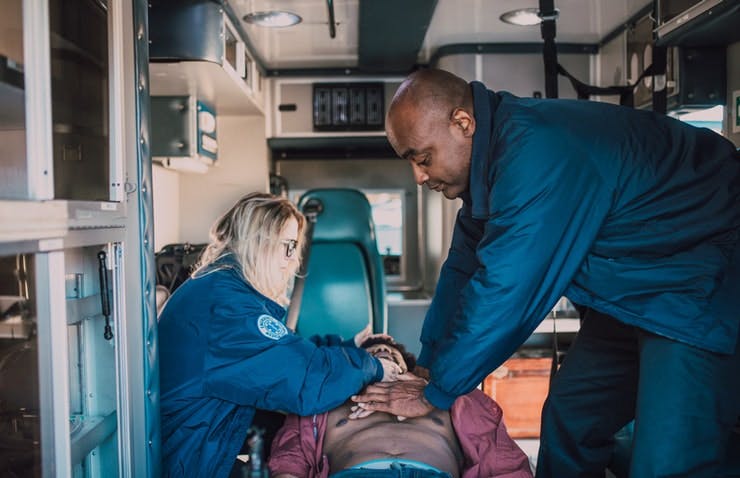
6. ACLS First Time Provider
Let the ACLS First Time Provider course by Community First Responder provide you with all the knowledge and skills you need to provide urgent treatment of an adult cardiac arrest. Here, you can learn more about different types of cardiac arrest, pre-arrest emergencies, stroke, and the systematic process that must be followed to ensure the successful delivery of comprehensive care. For this course, you may either attend their fixed-schedule online classes or purchase their ACLS Provider Manual eBook.
Cost: $225 USD
Scope: Different types of cardiac arrest, pre-arrest emergencies, stroke, managing core ACLS cases
Created by Community First Responder
Explore the course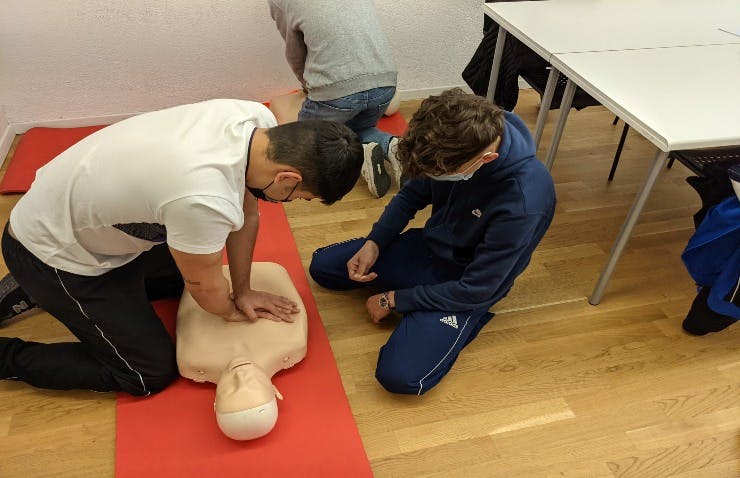
7. Adult CPR/AED
Another great first responder training course to consider is the Adult CPR/AED from Nation’s Best CPR, which explores various cardiac emergencies involving adults. The primary goal of this course is to help you easily recognize when someone is having an arrest, unstable cardiac rhythm or stroke, so you can responsibly provide immediate care as needed. The lessons in this course are presented in an award-winning simulation learning with interactive experiences, allowing you to practice with real-world emergencies in a virtual setting. Unfortunately, it is not compatible with smartphone devices, and it only works on a desktop or tablet with high-speed internet.
Cost: $30 USD
Scope: Recognizing breathing and cardiac emergencies involving adults, immediately responding to these emergencies
Created by Nation’s Best CPR
Explore the course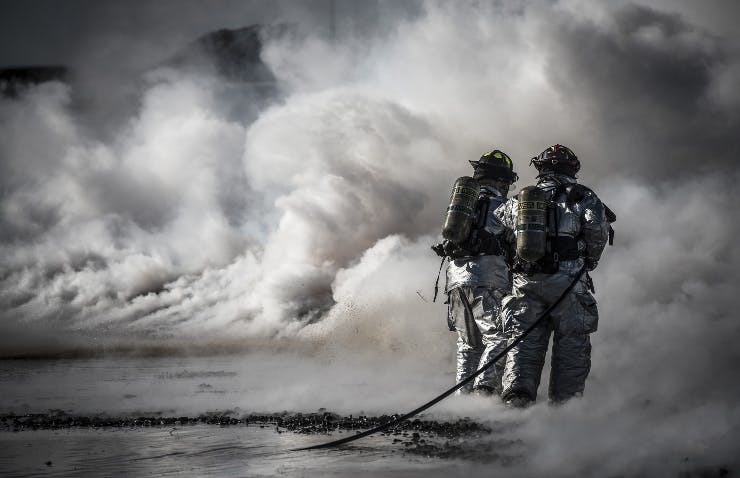
8. Psychological First Aid
REMS TA Center has also designed a psychological first aid course that first responders can take after the immediate aftermath of traumatic events, like fire and natural disaster. The topics presented here include the psychological impacts of such events, followed by short- and long-term adaptive coping and recovery suggestions to reduce the initial distress that they may be experiencing. It also has some helpful mentor tips that you will directly hear from trauma experts and survivors. This interactive course is prepared in a 6-hour webinar format, perfect for first responders new to disaster response and experienced practitioners looking for a quick review of psychological first aid.
Cost: Not specified
Scope: Psychological impacts of traumatic events, short- and long-term adaptive coping and recovery, mentor tips from trauma experts and survivors
Created by REMS TA Center
Explore the course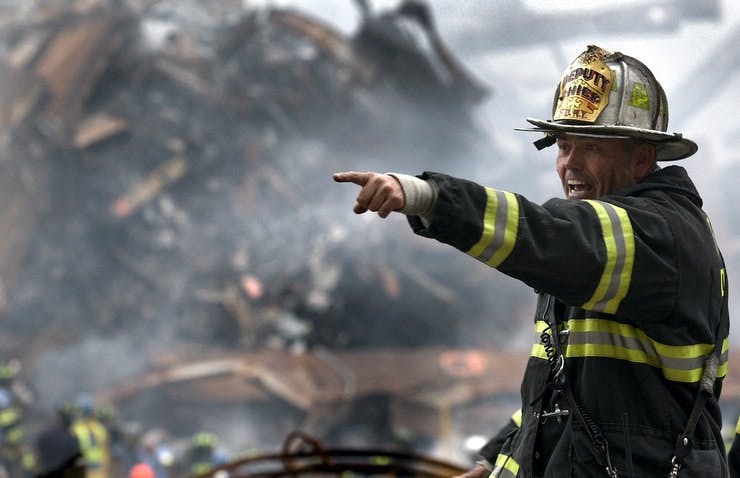
9. Emergency Planning and Preparedness
FutureLearn’s course on Emergency Planning and Preparedness will introduce you to the core concepts of emergency planning, including its purpose and key considerations when making one. The purpose of having a solid emergency plan and preparedness framework in place is to help shed light on various hazard situations present within the community so that you and your team can responsibly respond to them if such an event occurs. The content of this course comes in the form of lectures, videos, and audio that you can take as quickly or slowly as you like. If needed, you can also see the progress page to track your course completion and assessments.
Cost: Free
Scope: Introduction to emergency planning and preparedness, identifying effective emergency planning, emergency planning cycle
Created by FutureLearn
Explore the course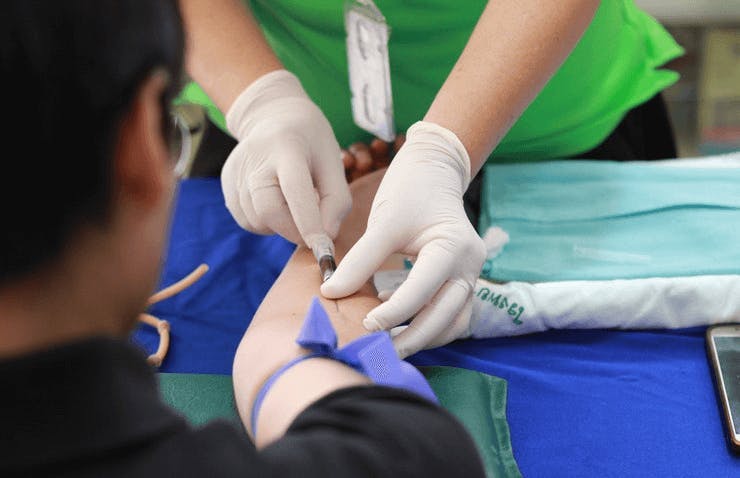
10. Bloodborne Pathogens
First responders who are frequently exposed to blood and other bodily fluids are at a higher risk of contracting bloodborne infections. One way to reduce the hazards of becoming infected is understanding how bloodborne pathogens work, which is discussed in the Bloodborne Pathogens course by SC Training (formerly EdApp). It also provides key steps for staying safe when working with needles, scalpels, broken glass, and more contaminated sharps that may penetrate your skin. As you progress through the course, you will also learn about potential exposure incidents and what to do if you have been infected.
To maximize learner participation and retention, make use of SC Training (formerly EdApp)’s powerful features, such as gamification, spaced repetition, and free authoring. The content has also been broken down into four digestible sections that anyone can finish in just a few minutes.
Cost: Free (up to 10 users)
Scope: Handling contaminated sharps, Hepatitis B vaccination protection, exposure incidents, personal protective equipment (PPE)
Created by SC Training (formerly EdApp)
Explore the courseBuilding solid emergency skills with first responder training
First responders typically refer to trained officers who respond first to the emergencies like accidents, fire breakout, and natural disasters. The community relies on them for first aid assistance, on-scene command control, and public safety until the professionals arrive at the scene. Given these vital responsibilities, first responders are mandated to undergo extensive training that will equip them with the essential skills and knowledge they need to fulfill their role. It is also critical that they receive mental health training that will help them better manage work stress and traumatic experiences.